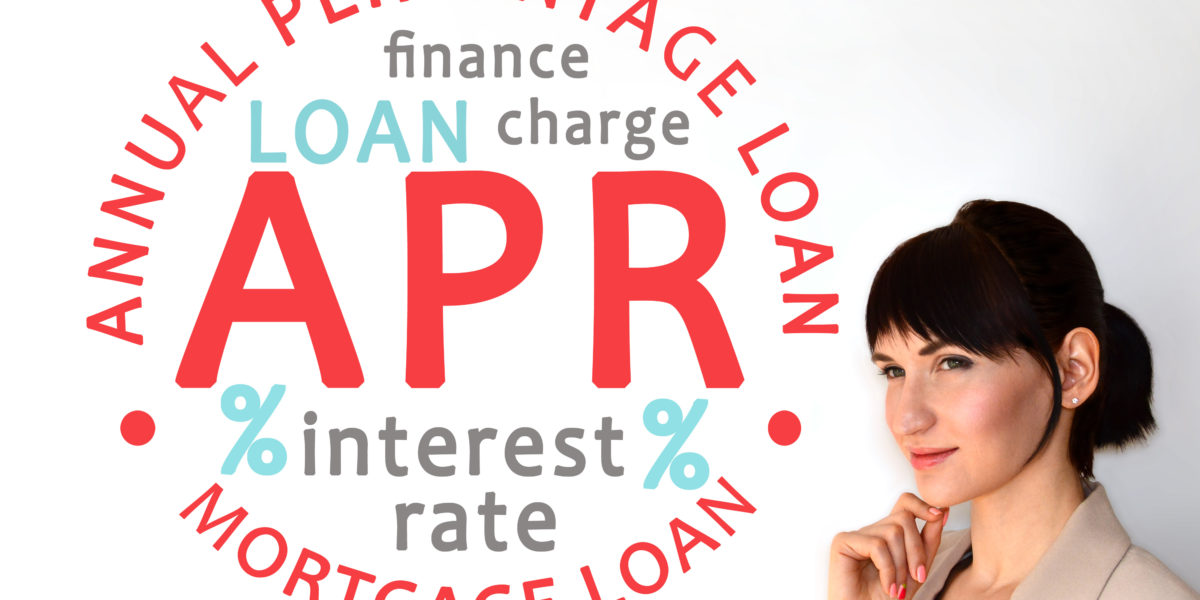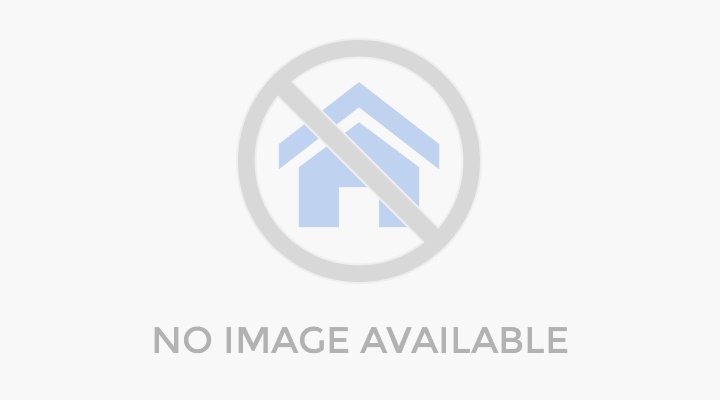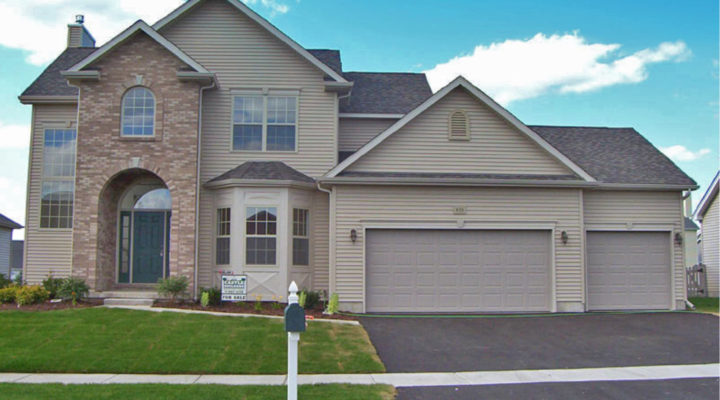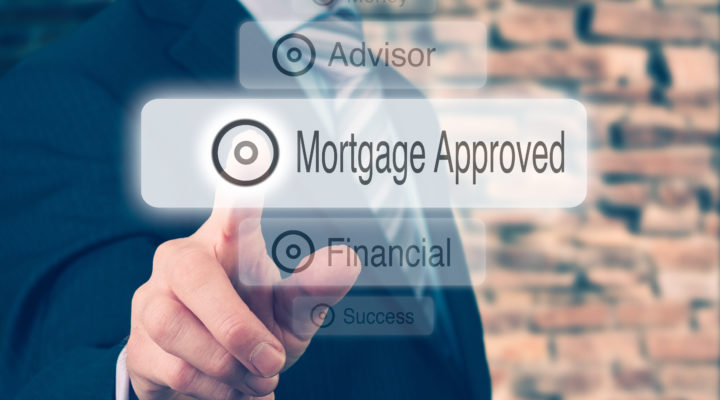Before you apply for a mortgage or even start looking for a home, you should get a pre-approval letter from the bank, which is an estimate of how much they’ll lend you. This letter will help you determine what you can afford, and ensures home sellers that you will be able to get a loan when needed. Money saving tip: When you go in for a pre-approval letter you should be clear on what the bank is offering. Ask them about closing costs, what fees are involved, what you’re getting for that fee, and if they’ll lock in your loan at a specific interest rate. Note that if you end up competing for a home against other offers, it can help to have a local lender. Local lenders want continued referrals and really care about their reputation; listing agents prefer to deal with them for this reason.
Getting pre-approved is the next step, and it tends to be much more involved. “A pre-qualification should be a good indication of credit and the ability to borrow, but a pre-approval is the definitive word,” Of course, that doesn’t mean you should skip pre-qualification – especially if you’re on the fence about buying or unsure if you’ll be able to qualify for the type of mortgage you want.
“One isn’t better than the other, and I suppose the pre-qualification step could be skipped,” says Kaderabek. “But that means a possible premature check on credit, and too many credit inquiries have a negative effect on credit.” To get pre-approved, you’ll complete an official mortgage application and supply the lender with the necessary documentation to perform an extensive check on your financial background and current credit rating. Lenders charge an application fee for pre-approval, which typically runs between $300 and $500. After reviewing your finances, the lender can pre-approve you for a mortgage up to a specified amount.
You’ll also have a better idea of the interest rate you’ll be charged on the loan, and you might be able to lock in an interest rate. With pre-approval you’ll receive a conditional commitment in writing for an exact loan amount, allowing you to look for a home at or below that price level. Obviously, this puts you at an advantage when dealing with a potential seller, as he or she will know you’re one step closer to getting an actual mortgage.
The other advantage of completing both steps – pre-qualification and pre-approval – before you start to look for a home is that you’ll know in advance how much you can afford. This way you won’t waste time with guessing or looking at properties that are beyond your means. Getting pre-approved for a mortgage also enables you to move quickly when you find the perfect place, and in a competitive market it lets the seller know your offer is serious.
Bottom Line
Pre-approved and pre-qualified are not the same thing. It’s important to note that pre-qualification is based on data you submit to a lender, who will provide a ballpark estimate of how much you can borrow. It’s not until you get pre-approved that the lender takes a close look at your financial situation and history to determine how much mortgage you can reasonably afford. Of course, just because you are approved for that much doesn’t mean you have to shop at the top of your price range. Depending on the market, you may be able to get into a perfect house for less money than you’re approved for, leaving you extra cash each month to set aside for retirement, the kids’ college funds or to check something off your bucket list. If you have questions about whether you should get pre-qualified or pre-approved – or both – ask your real estate agent. He or she will be able to tell you what’s typical in your market and if your letter will serve its purpose.











